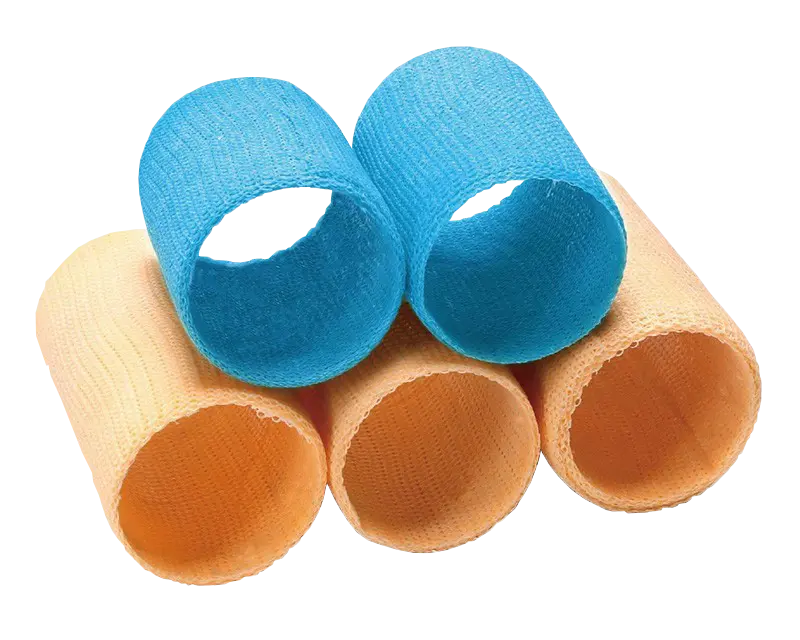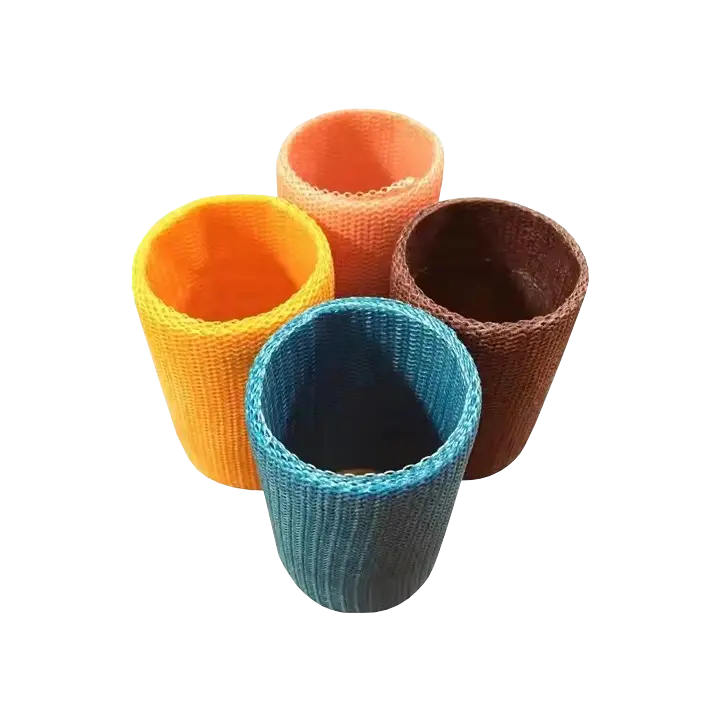Wound care has evolved remarkably over the years, with polymer dressings emerging as a groundbreaking solution. These advanced materials have redefined wound management by offering unique properties tailored to various wound types and stages. In this article, we explore the types, mechanisms, and applications of polymer dressings, highlighting their pivotal role in promoting optimal wound healing.
Types of Polymer Dressings

- Hydrogel Dressings
Hydrogel dressings are composed of cross-linked polymers with a moisture content exceeding 90%. Known for their tissue-like properties, these dressings are highly effective for:
- Maintaining a moist wound environment.
- Reducing pain through exudate absorption and cooling.
- Preventing infection and promoting cell migration.
Hydrogels can also act as delivery systems for therapeutic agents, minimizing side effects and enhancing healing.
- Foam Dressings
Foam dressings consist of hydrophobic and hydrophilic layers that protect wounds from contaminants while allowing air and vapor exchange. Key benefits include:
- Moisture control to prevent maceration.
- Effective fluid absorption for burns, ulcers, and traumatic wounds.
- Easy sterilization and application.
- Sponge Dressings
Made from materials like PVA, chitosan, or alginate, sponge dressings offer high swelling capacity, making them ideal for wounds with excessive fluid. Advantages include:
- Enhanced moisture retention.
- Prevention of bacterial infections.
- Delivery of therapeutic agents for chronic wounds.
- Film Dressings
Transparent polyurethane film dressings enable gaseous exchange and are excellent for wound monitoring. Their elasticity and flexibility make them suitable for various wound shapes. - Nanofiber Dressings
Nanofibers, produced using electrospinning, provide a high-specific surface area and controlled porosity. They are particularly effective for chronic wound management and drug delivery, offering:
- Enhanced cell adhesion and proliferation.
- Precise drug transport with low toxicity.
Benefits of Polymer Dressings
- Moisture Management
Polymer dressings regulate moisture levels, creating an optimal healing environment. They prevent excessive dryness or moisture, reducing infection risks and enhancing natural healing. - Support for Autolytic Debridement
These dressings maintain a moist microenvironment, facilitating the body’s enzymes to break down necrotic tissue and accelerate healing without invasive procedures. - Versatility and Adaptability
Polymer dressings conform to irregular wound shapes and are suitable for managing chronic wounds, surgical incisions, burns, and traumatic injuries.
Applications in Specific Wound Types

- Chronic Wounds
- Pressure Ulcers: Provide protection and moisture balance.
- Diabetic Foot Ulcers: Enhance comfort and address wound-specific challenges.
- Venous Stasis Ulcers: Adapt to varied wound shapes while promoting healing.
- Surgical Wounds
- Post-Surgical Incisions: Create a barrier against contaminants while fostering tissue repair.
- Minimally Invasive Procedures: Provide gentle adherence and easy removal.
- Burns and Traumatic Injuries
- Partial Thickness Burns: Soothe and manage exudate effectively.
- Lacerations and Abrasions: Offer secure adherence and moisture control for irregularly shaped wounds.
Considerations for Selecting Polymer Dressings
- Wound Characteristics
- Assess wound type, size, and exudate levels to determine the appropriate dressing.
- Patient Factors
- Consider comfort, allergies, and underlying health conditions. Polymer dressings are hypoallergenic and suited for patients with conditions like diabetes.
- Cost and Accessibility
- Polymer dressings are cost-effective and widely available, making them practical for diverse healthcare settings.
Best Practices for Using Polymer Dressings
- Proper Application
- Clean and prepare the wound site.
- Select a dressing size that covers the wound with slight overlap.
- Apply smoothly without wrinkles to maintain efficacy.
- Monitoring and Collaboration
- Regularly assess the wound for signs of progress or complications.
- Collaborate with healthcare professionals to adjust treatment plans as needed.
Polymer dressings have revolutionized wound care with their innovative designs and multifunctional benefits. Their adaptability, cost-effectiveness, and clinical efficacy make them indispensable in modern wound management. As research advances, polymer dressings will continue to play a vital role in improving patient outcomes.
Sample application
We are a company deeply engaged in the field of orthopaedic products, if you are interested, please click the button below to contact our professional team, we can provide including but not limited to consulting services, sample supply, questions.
